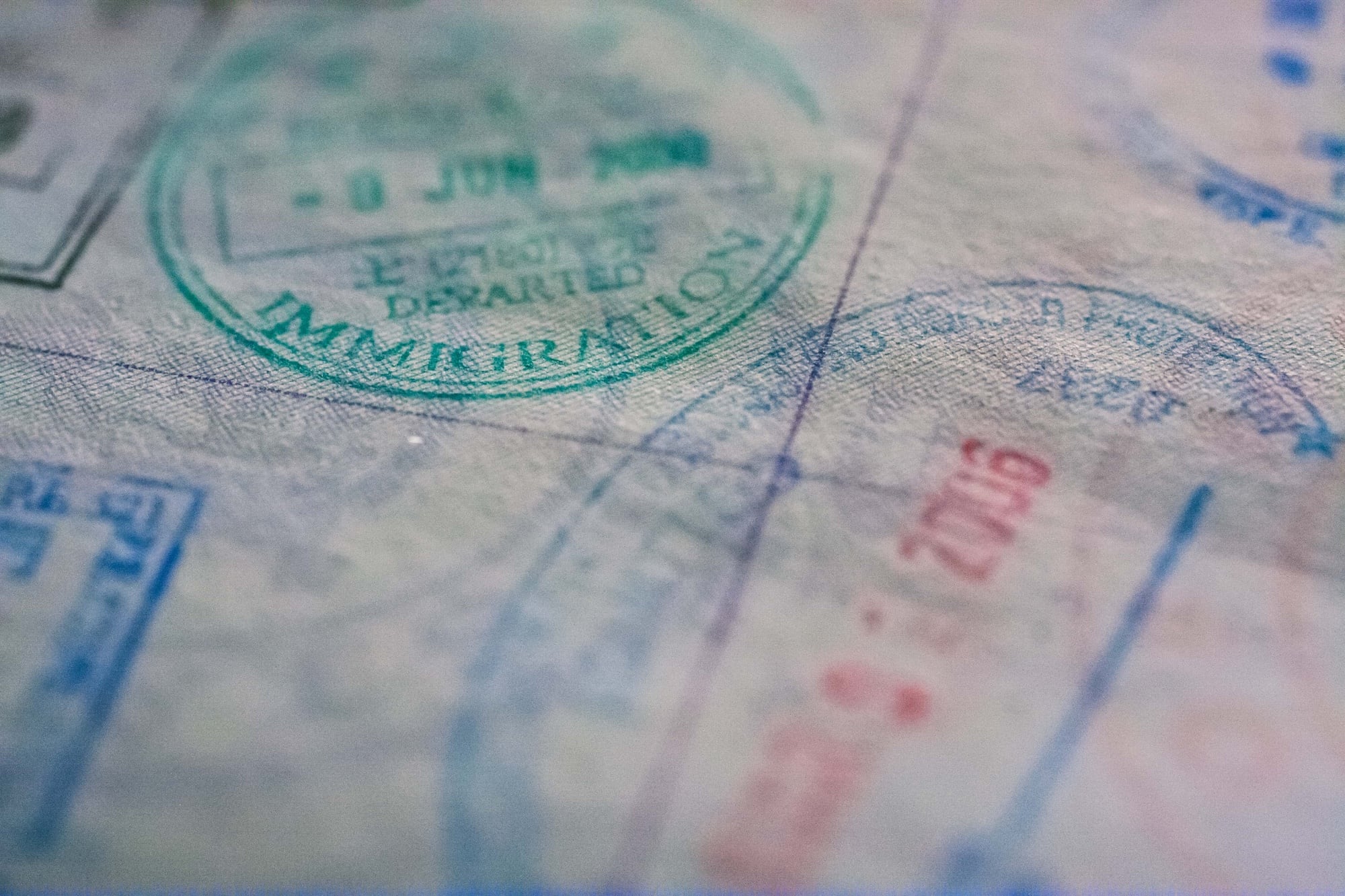Now more than ever, businesses and corporations are operating from multiple locations around the world. Sometimes, a foreign employee would be better suited in the office running out of the United States. For the employee to be transferred to the U.S., they must obtain an L-1A visa. The United States immigration process has become convoluted over the years. One simple mistake and your visa application could be rejected. If you are planning to apply for an intracompany transfer visa, you should retain legal representation. Because of the requirements that need to be met and the number of documents that need to be filled out, the L-1A visa process can be very complicated. The L-1 Visa attorneys at The Gonzalez will do everything they can to make sure all legal requirements are met so the process can go as smoothly as possible. If you or someone you know is planning to apply for an L-1A, contact our firm today. Our attorneys assist clients with immigration issues in communities across Harris County including Houston, Pearland, Galena Park, and Webster.
Schedule a time to speak with our Houston L-1A Visa attorneys. We can answer any questions you have regarding the visa process. Call (832) 530-4070 or submit your information in the online contact form.
Who is Eligible for an L-1A?
An L-1A is a nonimmigrant work visa that allows a United States employer to transfer certain employees from a foreign office to an affiliate office in the U.S. Before an applicant can apply for the visa, the company wishing to bring a foreign citizen to the U.S. must meet certain requirements. For an employer to qualify, they must:
- Have a qualifying relationship with a foreign company. This can include a parent company, branch, subsidiary, or affiliate.
- Currently, or plan to be, doing business as an employer in the U.S. and directly in at least one other country or through a qualifying organization for the entirety of the L-1A holder’s stay.
For a company to be considered “doing business,” it must have a regular and continuous supply of goods or services. Simply having an agent of office in the U.S. and abroad will not qualify as “doing business.”
Once the company is approved, you can petition for an intracompany transfer visa. Not just any employee is eligible for an L-1A visa, though. For starters, the visa is reserved for individuals coming to the U.S. to perform services as a manager or executive.
As an applicant, you are also required to have worked abroad for a qualified organization for at least a year before coming to the United States. When the visa is granted, you can work in the U.S. office of a foreign affiliate or establish an affiliate office.
How long you can stay in the U.S. will depend on whether you are in the country to establish a new office or if you were transferred to an already established company. When coming to the U.S. to establish a company, you are allowed a maximum initial stay of one year. L-1A employees working for an established company, on the other hand, are allowed a maximum initial stay of three years.
All employees working under an intracompany transfer visa can request an extension in two-year increments until they reach the maximum limit of seven years.
Families of L-1A Workers
Moving from your home country to the United States can be a stressful endeavor. The country may be unfamiliar and you might not know many people. Thankfully, spouses and unmarried children under 21 may follow employees with an L-1A who are transferred to the U.S.
These family members can seek entry into the U.S. through an L-2 nonimmigrant visa or as an L-1A dependent. If approved, they are usually granted the same period of stay. It’s not uncommon for L-1A employees and their families to apply for permanent residence in the U.S. This can be done through the EB1 program. It’s a lengthy process that should be done with the help of an attorney.
L-1A vs. L-1B Visa
Both an L-1A and an L-1B visa are used to transfer foreign citizens to the United States so they can work at their employer’s U.S. office or open a new office. While both visas accomplish the same thing, there are a few factors that set them apart.
The first is employee eligibility. An L-1A visa is reserved for managers and executives, while an L-1B is for employees with specialized knowledge. Specialized knowledge is considered an advanced level of knowledge or expertise in an organization’s process or procedures.
Another factor that sets an L-1A apart from an L-1B is the maximum length you can stay in the U.S. While L-1A employees can remain for up to seven years, an L-1B employee can only stay for a maximum of five. An L-1B employee wishes to stay longer; they can apply for permanent residency.
Unlike L-1A employees applying for permanent residency, an L-1B employee is required to apply for both a labor certificate and a green card under the E2B program. This process is significantly longer than the EB1 process and will require an employer to prove there are no U.S. workers qualified to fill the L-1B employee’s position.
Additional Resources for L-1A Intracompany Transfer
L-1A Intracompany Transferee | U.S. Citizenship and Immigration Services – To learn more about an L-1A visa, follow the link provided. You can gain in-depth information about the visa, what the Council on Foreign Relations considers a manager/ executive, and the requirements of establishing a new office.
L-1B Specialized Knowledge – You can learn more about L-1B visas by visiting the official website of the U.S. Citizenship and Immigration Services. You can find out what sets an L-1B apart from an L-1A and what is considered specialized knowledge.
Contact Our Harris County L-1A Visa Attorneys
The Gonzalez Law Group knows how important an L-1A visa is to your career. That is why we want to be with you every step of the way. The process is too complicated to be done without the help of an experienced immigration attorney. Our L-1A visa attorneys have over 70 years of collective experience assisting clients with immigration issues across Harris County. Call (832) 530-4070 or submit your information in the online contact form to schedule a free case consultation.




